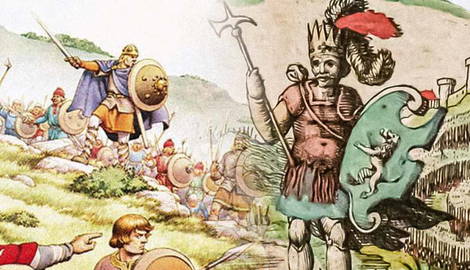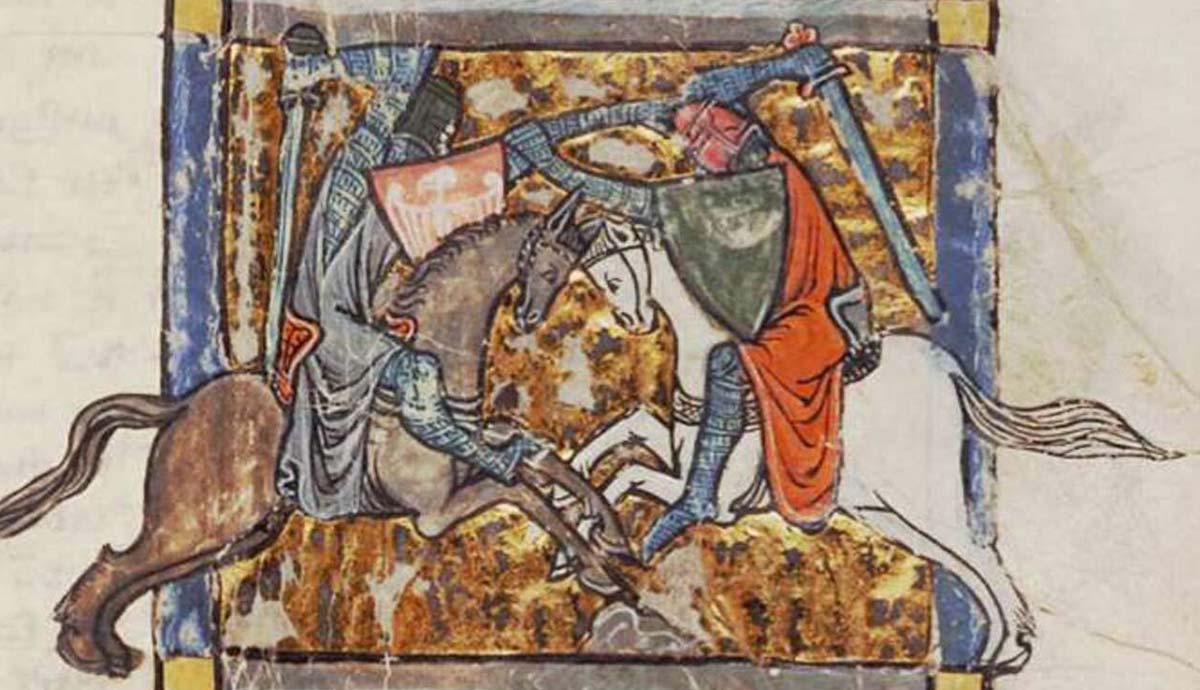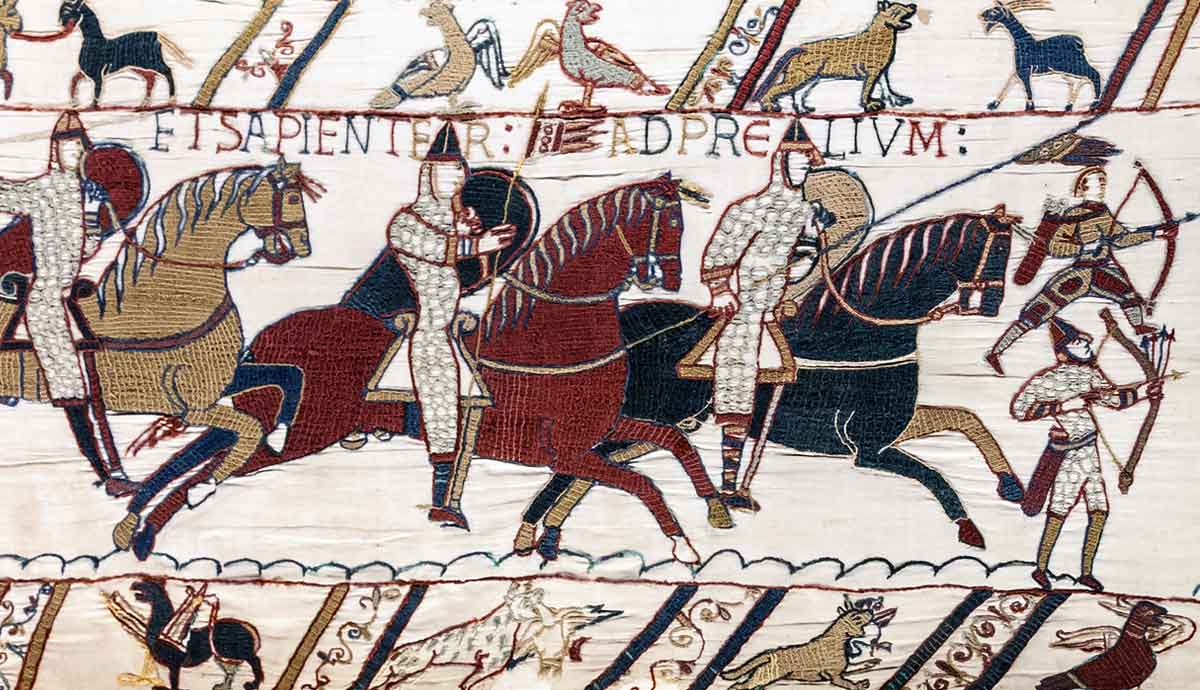
Athelfrith of Northumbria was a powerful king of the Anglo-Saxons in the late 6th and early 7th centuries. He was the monarch who founded Northumbria, uniting the neighboring kingdoms of Deira and Bernicia. Because he was so powerful, it is no surprise that he was well remembered by both the medieval Welsh and the English in later centuries. There are a variety of legendary sources which mention him. It is interesting to see how these sources present him and where they differ from the earlier, more historically reliable sources.
Who Was Athelfrith?
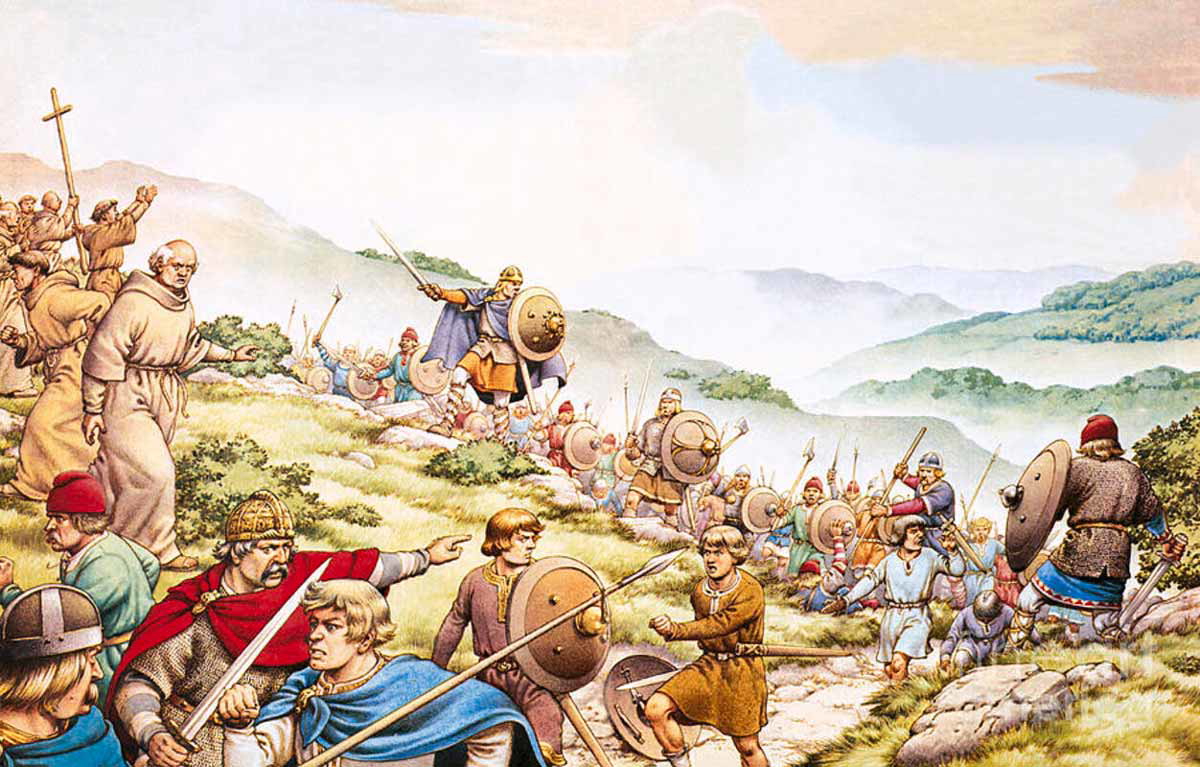
To start with, let us examine what we know about Athelfrith historically. The primary historical source of information about this Anglo-Saxon king is Bede. He was an English historian writing in the 8th century. His most famous work, the Ecclesiastical History of the English People, was written in c. 731. Given that this document was written a little over a century after the death of Athelfrith, its information can be considered basically reliable.
According to this source and other documents, Athelfrith was the king of Bernicia, the son of Athelric, and the grandson of Ida. He ruled over Bernicia from 593 to 616, and during his reign, he also conquered Deira. Bede tells us that Athelfrith fought against the Britons and defeated them “more than any other English king.” One of the major events of his reign was the defeat of a massive army led by Aedan mac Gabran of Dal Riada at the Battle of Degsastan.
Athelfrith in the Historia Brittonum

Considering that Athelfrith was such a powerful enemy of the Britons, it is only logical that they would have remembered him. The evidence shows that this is indeed what happened. A document called the Historia Brittonum was written in c. 830, and it is in many ways the Welsh equivalent of Bede’s history of the English.
In this source, Athelfrith is mentioned twice. In one place, he simply appears as part of a genealogical list of the kings of Bernicia. His name is written as “Ethelfrid” and “Aedlfred.” He is also given the epithet “Flesaur,” which appears to mean “Twister.” The fact that he was known as “Aedlred the Twister” shows that he had become a character in Welsh tradition. Notably, almost none of the other figures mentioned in the Historia Brittonum are given an epithet. This implies that Athelfrith had a special place in the memory of medieval Welsh. His epithet of “the Twister” seems to be an allusion to the fact that he was difficult to defeat, perhaps due to his nimble military movements. Another perspective is that it was a reference to his treachery.
How Later Welsh Tradition Presents Athelfrith
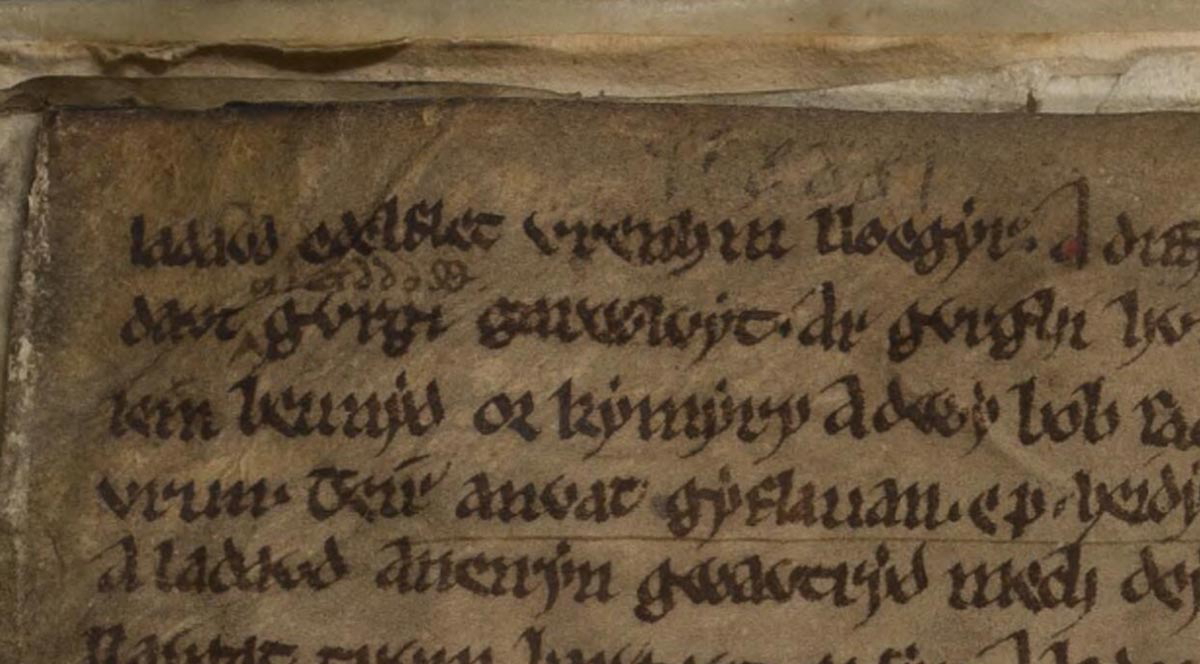
Another substantial source of information about Welsh tradition is the collection known as the Welsh Triads. This is a large collection of triads, or groups of threes, that reference numerous events, people, and places from the medieval era. Most of the entries concern the Arthurian era, but some of them deal with the century or so on either side of that era. A few exceptions refer to even further back than that.
One of these triads is known as Triad 10W. It refers to the Three Chieftains of Deira and Bernicia, who performed the Three Fortunate Slayings. All three chieftains were the sons of an obscure figure named Dissynydawd. In other texts, his name is written as Dysgyfdawd, which seems to be the more standard form of his name. The second chieftain in the triad, Sgafnell, is said to have slain Edelfled Ffleisawg. This is Athelfrith, his name here being a later evolution of the “Aedlfred Flesaur” seen in the Historia Brittonum.

The history behind this Welsh tradition is unclear. As Rachel Bromwich points out in Trioedd Ynys Prydein, her authoritative edition of the Welsh Triads:
“According to ASC, Ethelfrith was slain in 616 by King Raedwald of East Anglia, not by a Welsh opponent.”
The ASC is the Anglo-Saxon Chronicle, written in the 10th century. This predates the Welsh Triads and has a much more historical character to it. Hence, this appears to refute the claim that Athelfrith was killed by a Welsh chieftain. Of course, there is also the obvious observation that Deira and Bernicia were already thoroughly under Anglo-Saxon control by Athelfrith’s time. Therefore, the entire concept of the three Welsh chieftains of Deira and Bernicia, as the triad claims, appears unhistorical.
A potential solution would be if these Welsh chieftains were actually serving as officials in the court of Athelfrith. Such a scenario would not be unusual, for we know that the Anglo-Saxons did not entirely wipe out the native Britons in the areas that they conquered. If Sgafnell had served Athelfrith, he could have betrayed him in favor of Raedwald. Of course, this is only speculation.
The Legendary Marriage of Athelfrith to Maelgwn’s Daughter

Another interesting piece of Welsh tradition is the claim that Athelfrith married the daughter of Maelgwn Gwynedd. The exact source for this claim is difficult to pin down. The antiquarian Lewis Morris, in the 19th century, stated in Celtic Remains that one manuscript states that Maelgwn’s daughter, Eurgain, is said to have married “Ethelfred brenin Northumberland.” Unfortunately, he does not give details about the origin of the manuscript, nor does he quote it, much less provide a useful facsimile of it. Hence, we do not know how far back this tradition goes.
Scholar Peter Bartrum, in A Welsh Classical Dictionary, referred to this tradition as “clearly impossible.” The basis for this statement is evidently the fact that Maelgwn is held to have died in c. 547, on the basis of the 10th-century chronicle Annales Cambriae. However, Rachel Bromwich pointed out that the earliest chronological information about Maelgwn, from the Historia Brittonum, actually indicates that he was a late-6th-century king. Therefore, his daughter could well have married Athelfrith.
Athelfrith in Le Petit Bruit
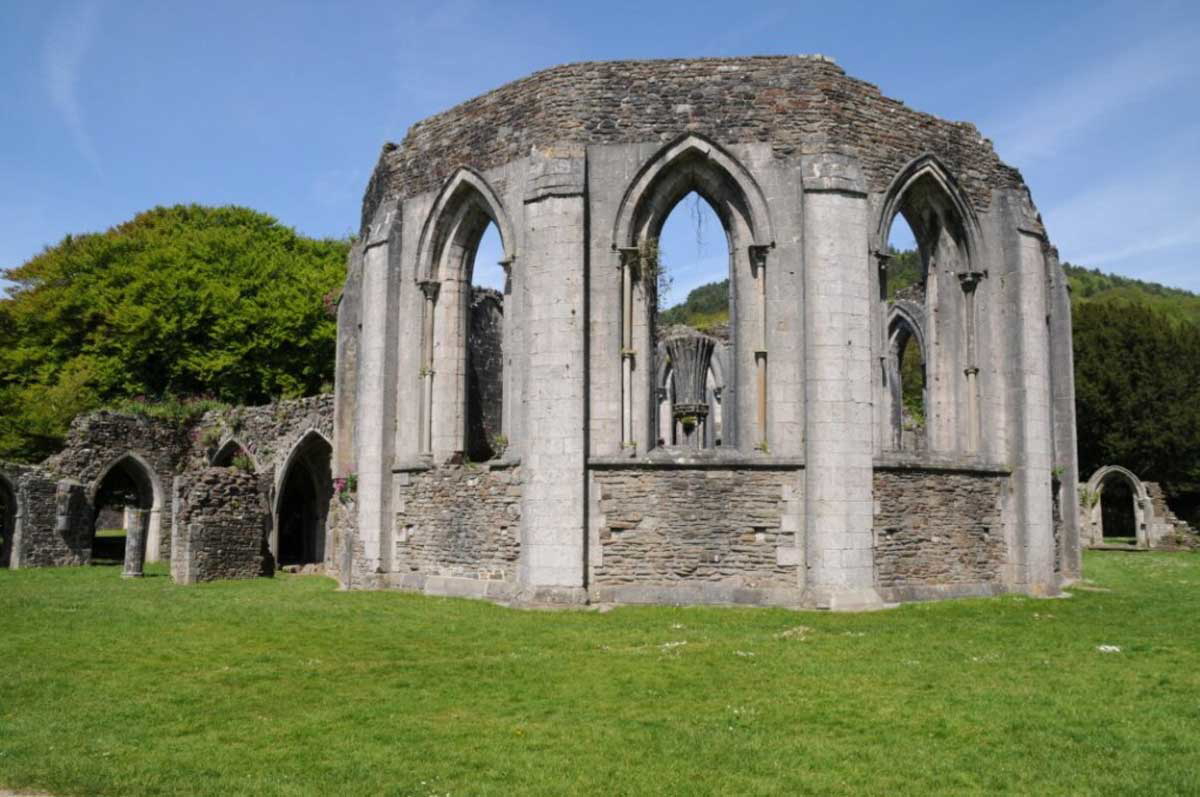
Another fascinating legendary source that appears to mention Athelfrith is a record entitled Le Petit Bruit. It was written in 1309 by Ralph de Bohun. This purports to describe the history of Britain. After briefly describing King Arthur’s reign, it is explained that he had three children. These were Adeluf, Morgan, and Patrick.
Interestingly, Adeluf is described as receiving the kingdom of England as his inheritance, while Morgan receives Wales and Patrick receives Scotland. Le Petit Bruit goes on to present Adeluf as the ancestor of the subsequent kings of the English. This is bizarre in view of the fact that King Arthur was traditionally Welsh and the enemy of the English.
A reasonable explanation for this can be discerned through an analysis of Morgan. He is described as succeeding Arthur as the king of Wales, and he is specifically said to have been Arthur’s favorite and to have lived in South Wales. What can we conclude based on this?
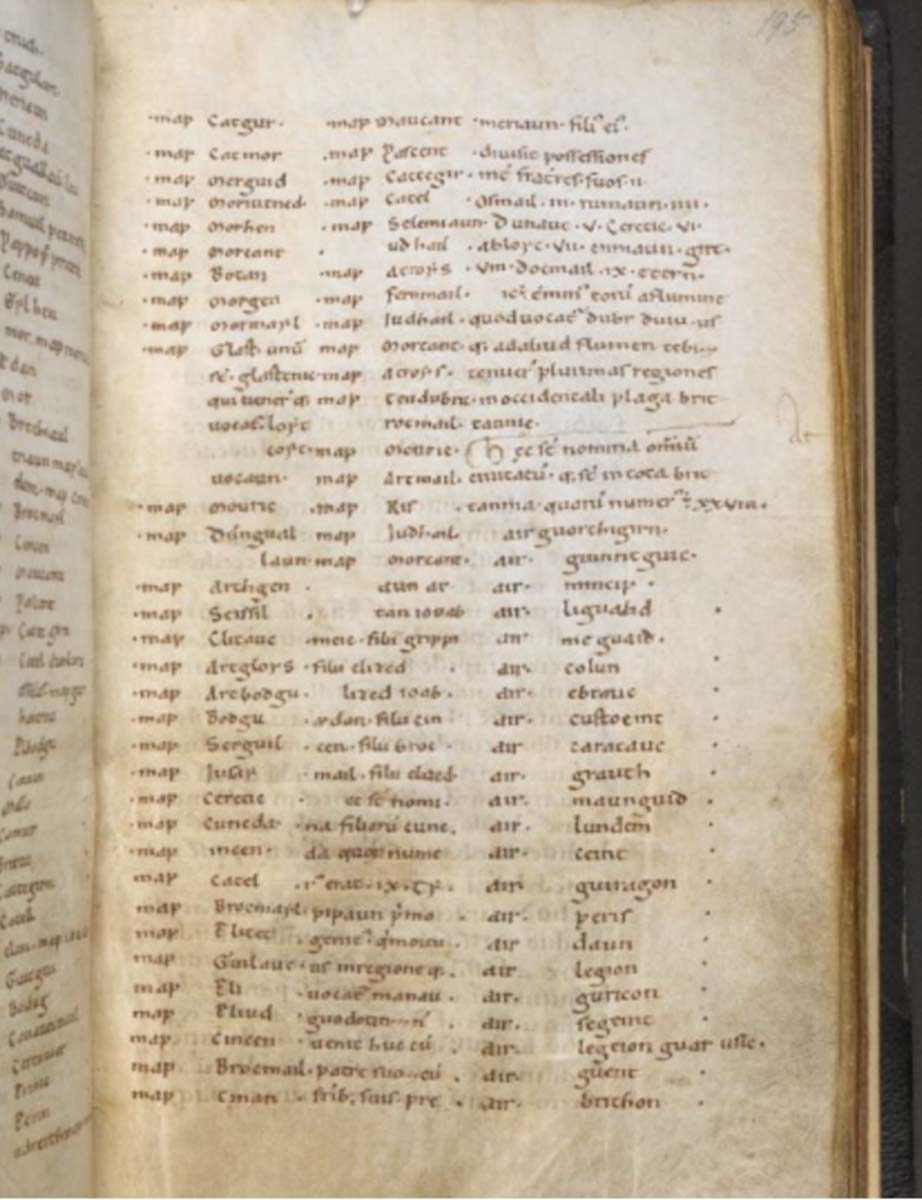
A number of scholars argue that King Arthur should be identified as Athrwys ap Meurig, a prince of southeast Wales in the early medieval period. Other scholars, such as Christopher Gidlow and David Nash Ford, reject this identification but acknowledge that he may have contributed to the legends of Arthur. He had a son named Morgan, who succeeded him as the king of his large kingdom in South Wales. This strongly suggests that the account of King Arthur in Le Petit Bruit is at least partially drawn from the family of Athrwys.
One of Athrwys’ other sons was Ithel, and he also became king at some point. He could logically explain the legendary Adeluf, given the similarity between their names. However, this still leaves the question of why Adeluf is presented as the king of England and the ancestor of the kings of the English unexplained. It would appear that Ithel was mistakenly conflated for Athelfrith due to the fact that the first part of their names are essentially identical. The fact that Athelfrith was vastly more prominent and famous than Ithel of southeast Wales would have undoubtedly encouraged this conflation.
The Medieval Legends of Athelfrith

In conclusion, we can see that Athelfrith of Northumbria appeared in several legends from medieval sources. The Historia Brittonum remembers him as Aedlfred Flesaur, or Athelfrith the Twister. The Welsh Triads hold that he was killed by a Welsh chieftain of Deira and Bernicia named Sgafnell. While the historicity of this legend is unclear, there could plausibly have been a Brythonic commander within the kingdom of Northumbria who then betrayed Athelfrith in favor of Raedwald of Anglia. Furthermore, we see that Athelfrith is remembered as having married Eurgain, the daughter of Maelgwn Gwynedd. While apparently impossible at first glance, this is actually consistent with the chronology of Maelgwn suggested by the Historia Brittonum.
Finally, we have seen that Athelfrith seems to have contributed to the legendary account found in Le Petit Bruit of the year 1309. This obscure record claims that King Arthur had a son named Adeluf, who became the king of England. This legendary figure would appear to be a conflation of Ithel ap Athrwys with Athelfrith.elfrith.
